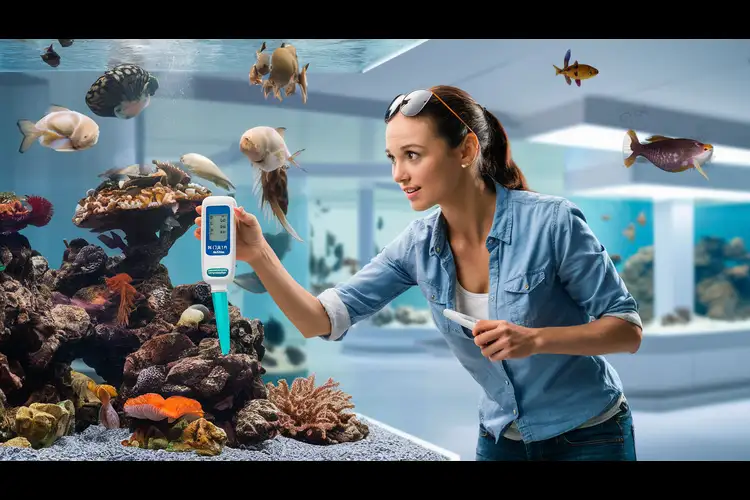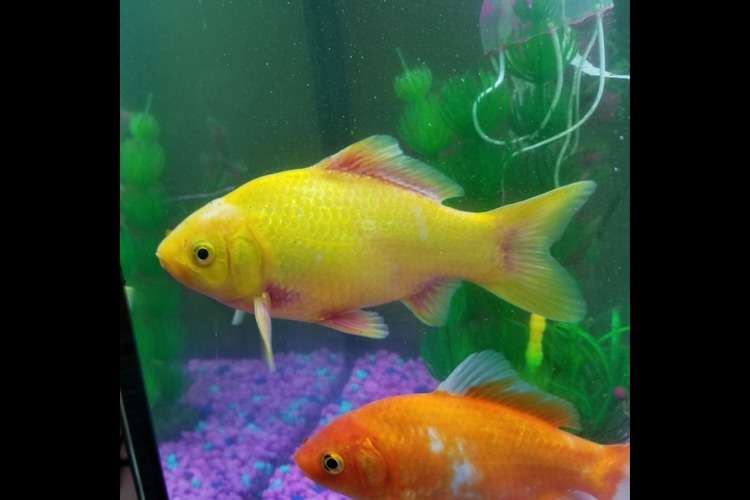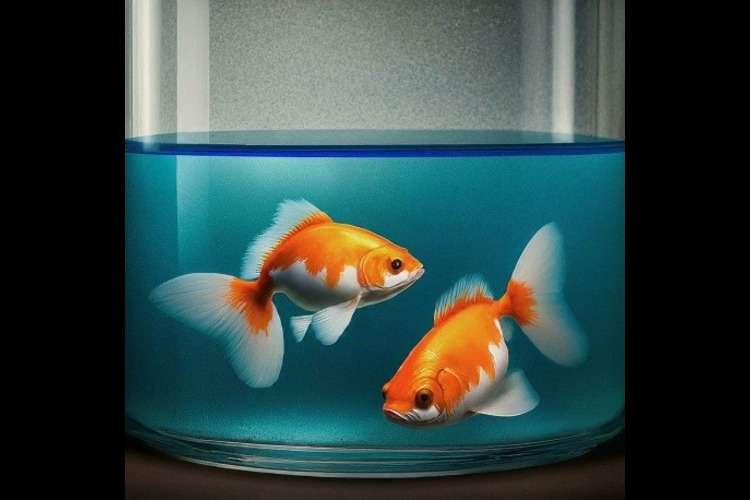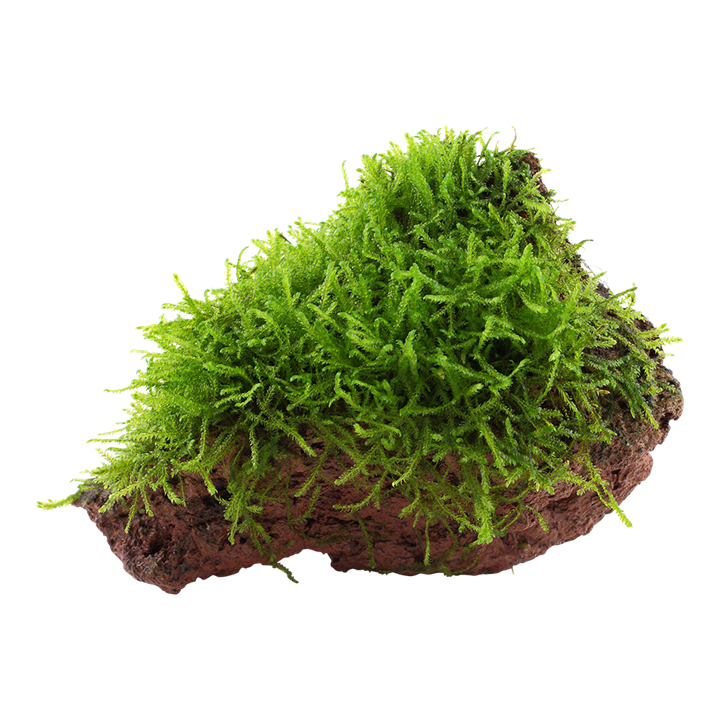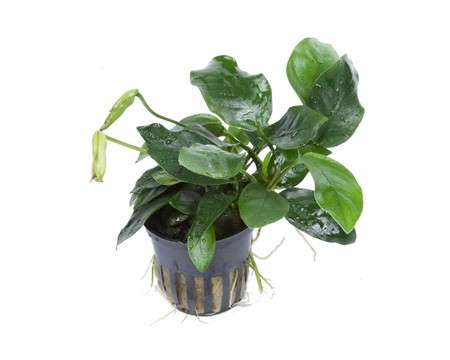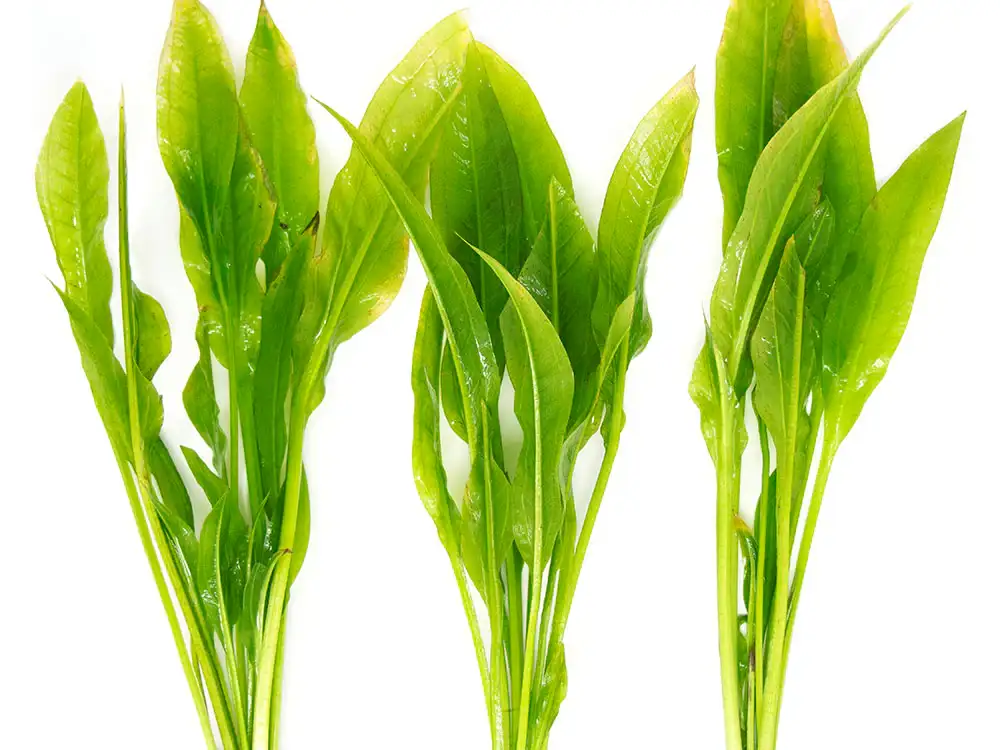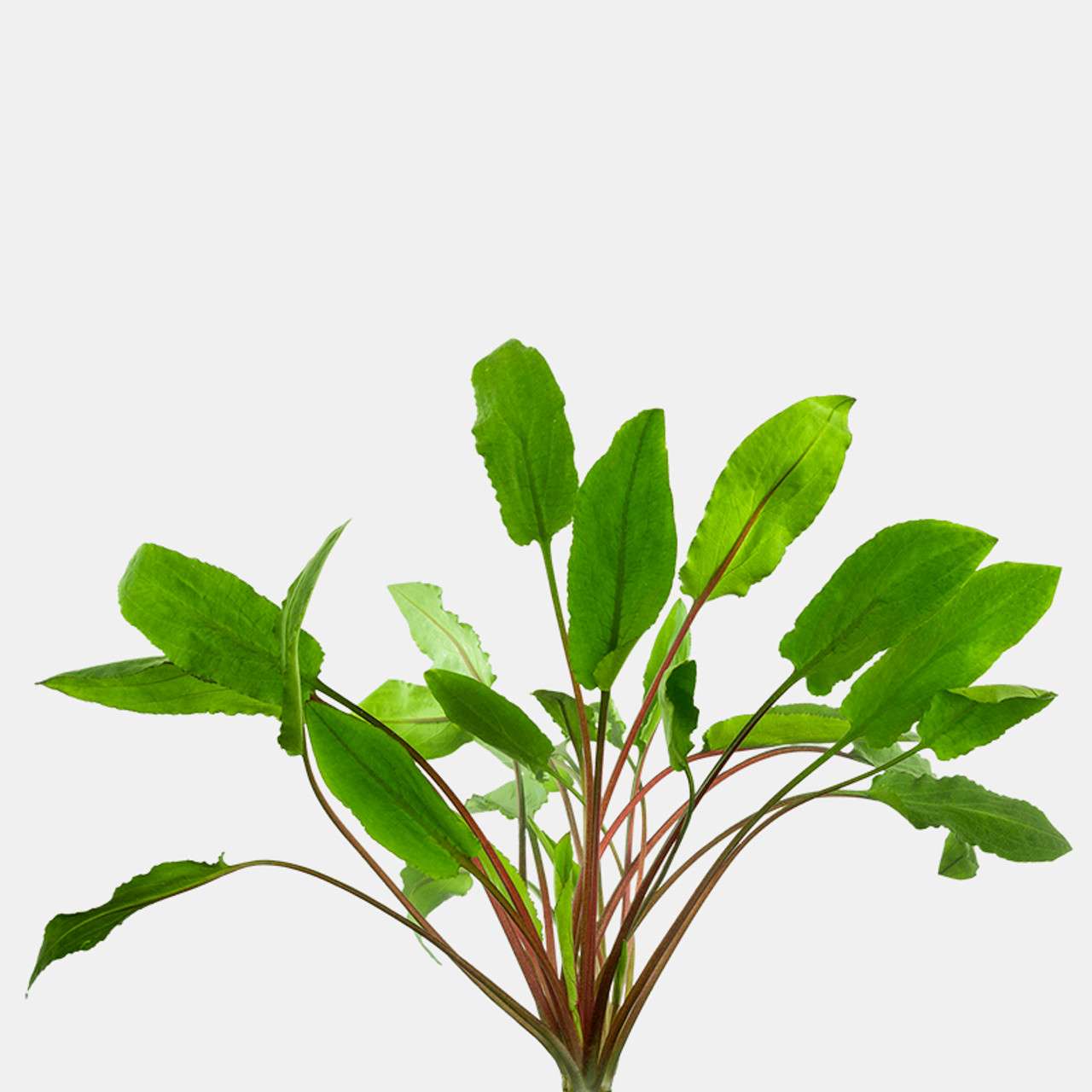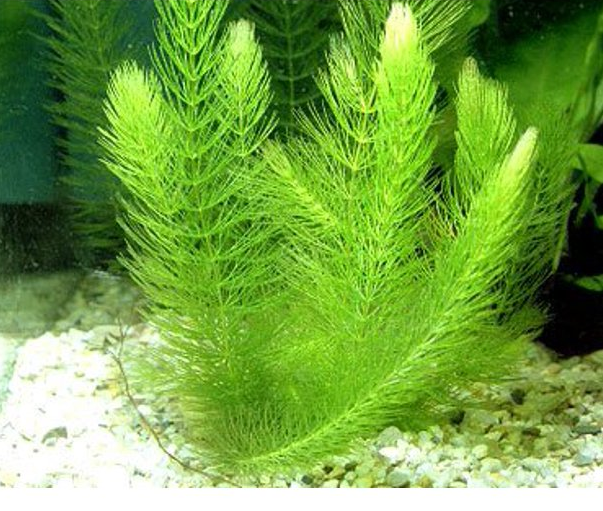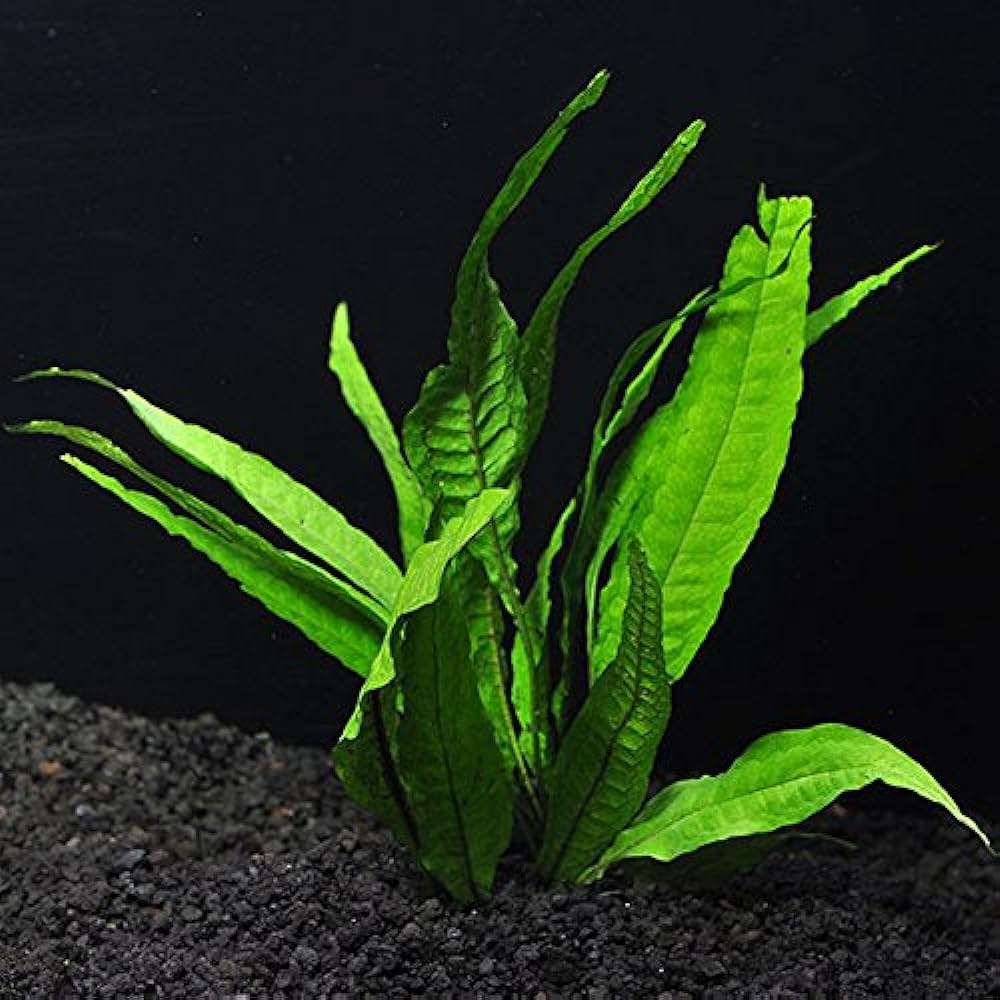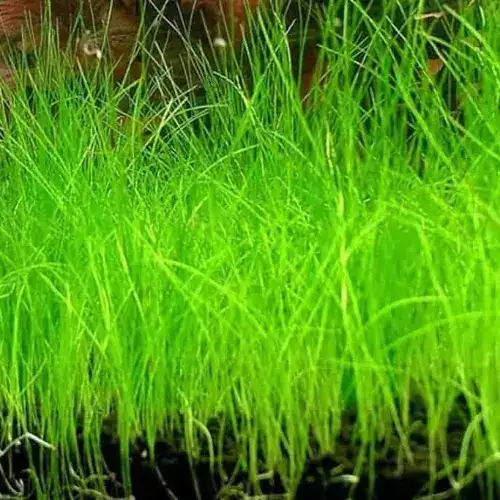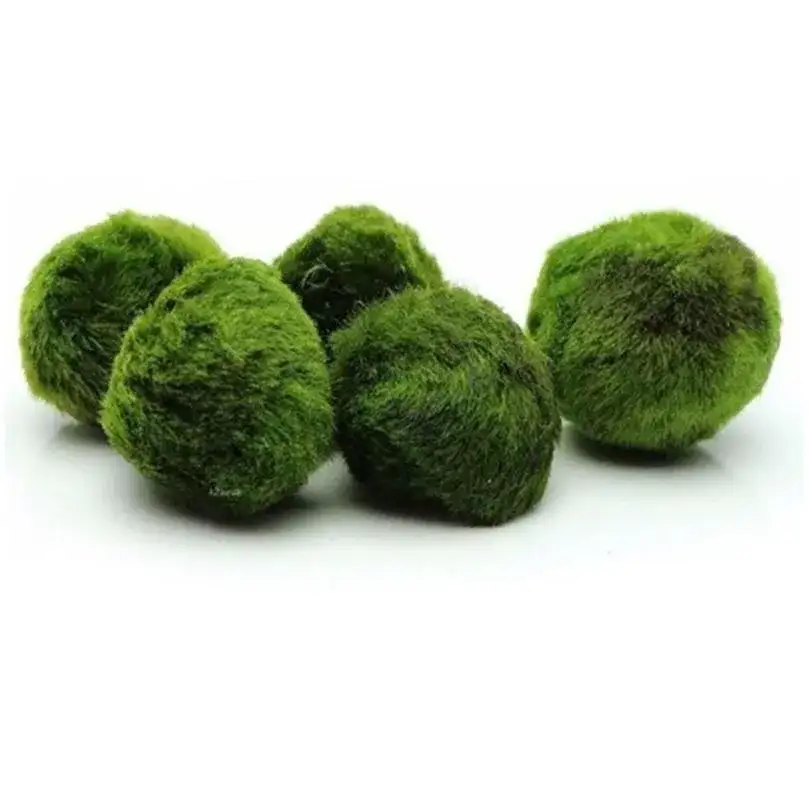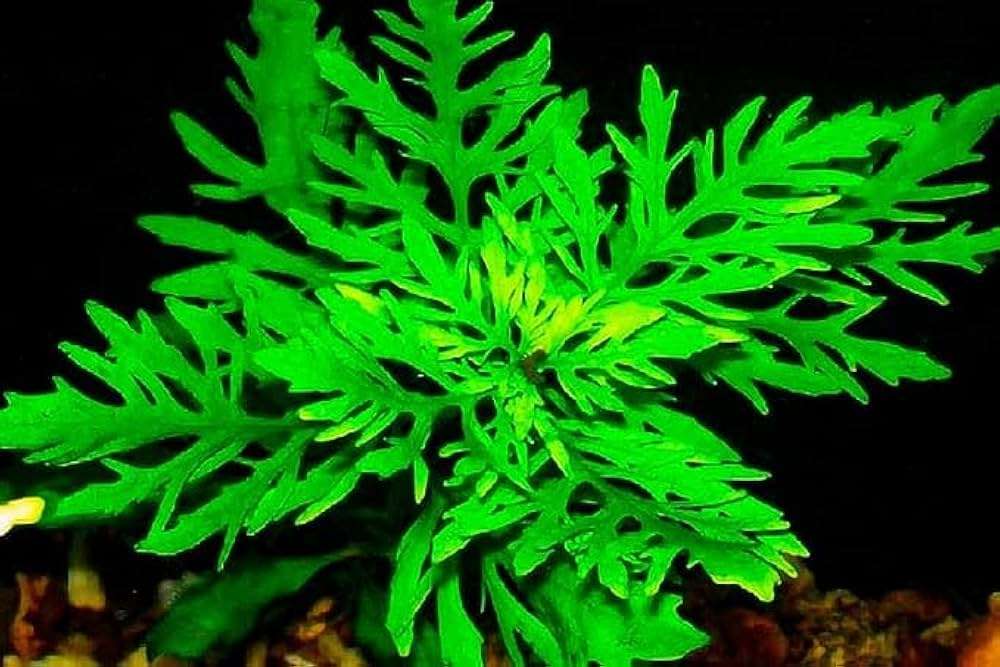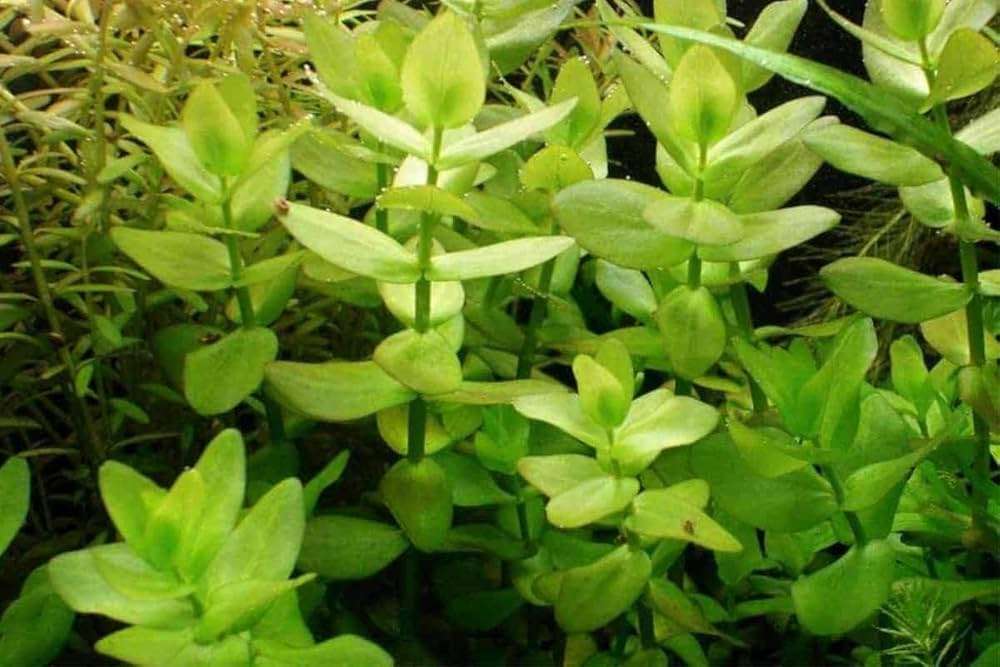Revive Your Aquarium: 7 Surprising Reasons Your Plants Are Dying and How to Fix Them
Are your aquarium plants melting? Discover the top 7 reasons why this happens and learn effective tips to revive your beautiful freshwater fish tank. Don’t let your plants struggle - take action now for a thriving underwater paradise!
Table of Contents
- 1. From Emerged to Submerged Growth Transition
- 2. Water Condition Variations
- 3. Bad Planting Techniques
- 4. Nutrient and Light Deficiencies
- 5. Temperature Variation during Transportation
- 6. Shipping Shock by Temperature
- 7. Dead Bulbs
-
8. Tips for Success
- Fertilization
- Light
- Research
- 9. FAQs
- 10. Conclusion
1.From Emerged to Submerged Growth Transition
Many aquarium plants are grown emersed (out of water) before reaching your local store. This growth method often leads to faster development and fewer algae issues compared to submerged growth. Once placed in your aquarium tank, these plants undergo an adjustment period that typically involves shedding emersed leaves as they develop new ones suited for aquatic life. If you notice melting, don’t worry—it’s a part of the process. Just remove any dead leaves to prevent rot and algae blooms.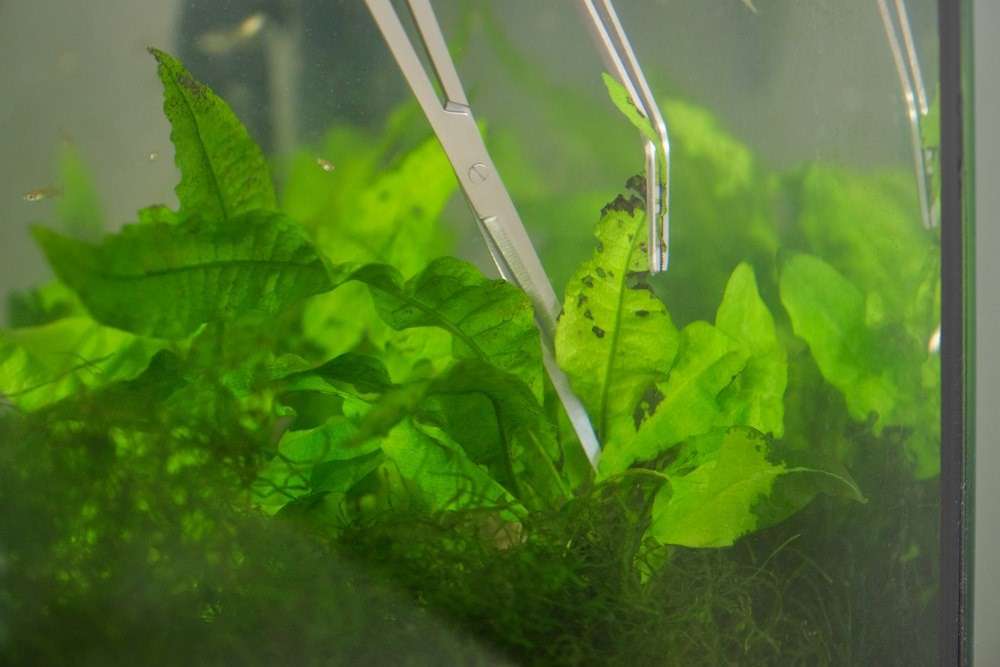
2.Water Condition Variations
Aquarium plants can react negatively to sudden changes in water parameters, such as pH, temperature, or hardness. This is particularly true when transferring plants from one fish tank to another. Fluctuations in nutrients and fertilizers can also contribute to plant melting. For example, "crypt melt" often occurs with Cryptocoryne plants. To promote recovery, maintain stable water conditions and consider pruning to help direct energy toward new growth.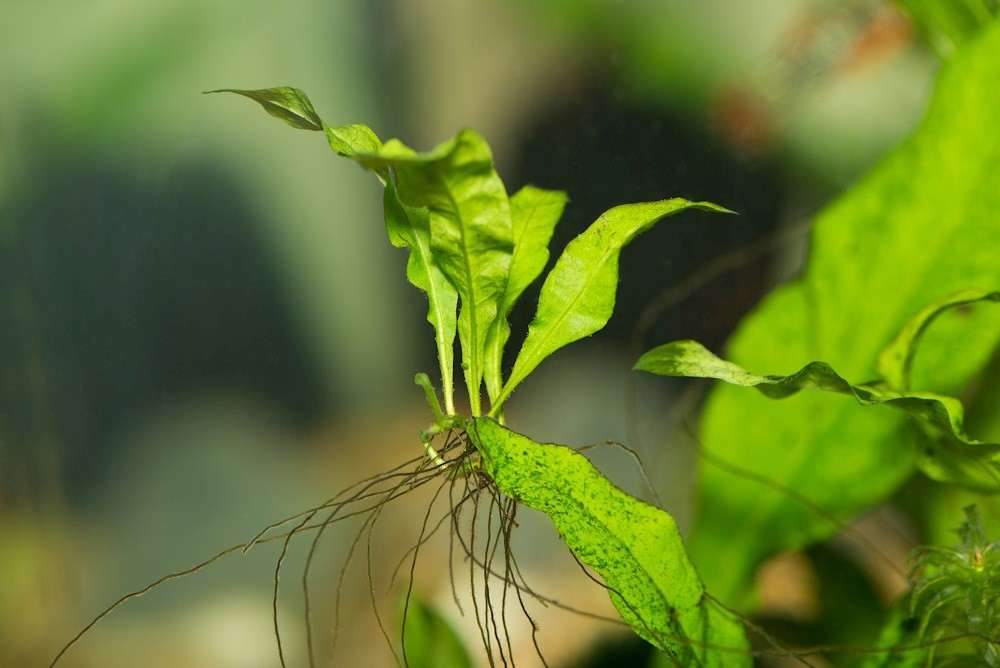
3.Bad Planting Techniques
Proper planting techniques are crucial for aquarium fish and plants alike! Different species have unique requirements. For example, bulb plants require partial burial, while rhizomes like Java fern should remain partially exposed. Incorrect planting can lead to poor growth and eventual decay, so it’s essential to understand the specific needs of each plant.4.Nutrient and Light Deficiencies
Inadequate nutrients or light can cause leaves to deteriorate or melt. Plants may resort to feeding on older leaves as a survival mechanism in weak conditions. Regularly using a well-balanced fertilizer will help ensure your plants receive the nutrients necessary for thriving growth. Additionally, ensure they receive sufficient light, potentially trimming larger plants to allow smaller ones access to light.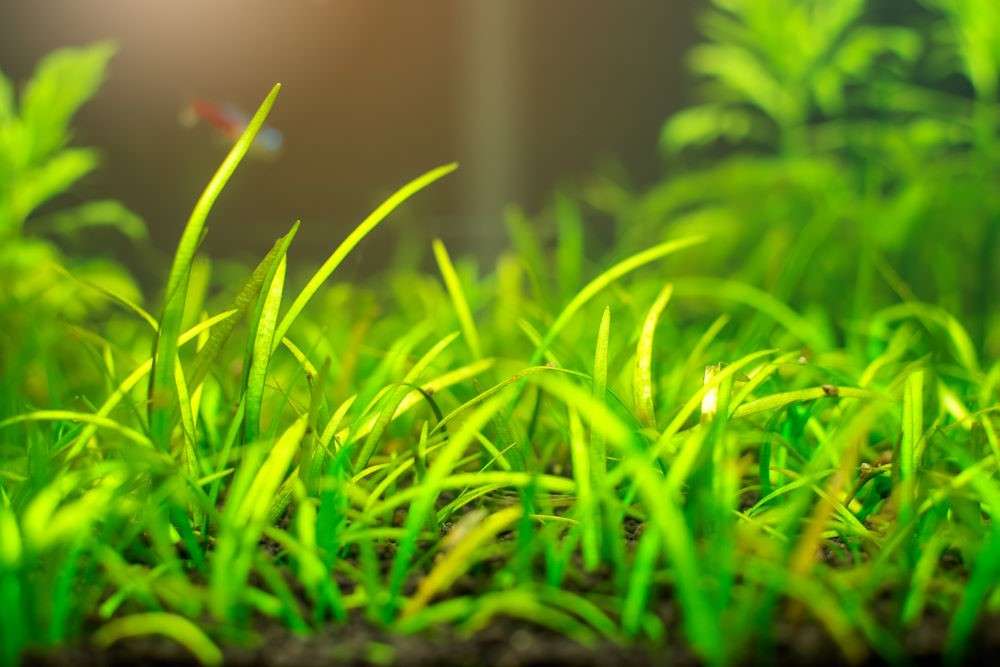
5.Temperature Variation during Transportation
Plants ordered online may suffer from extreme temperatures during shipment, leading to damage that manifests as melting once placed in your aquarium. Always inquire with your supplier about the conditions your plants experienced during transit.6.Shipping Shock by Temperature
If you purchased plants from an online nursery, shipping shock due to temperature fluctuations can be detrimental. Plants may not show immediate signs of stress but can become soft upon first contact with water. Always ask your supplier for details regarding any potential stress experienced during shipping.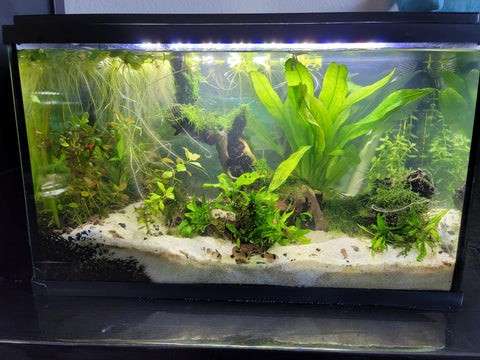
7.Dead Bulbs
Sometimes aquarium bulb plants may simply not be viable. If you’ve waited weeks for a bulb to sprout without success, it’s likely a dud. To avoid this issue, consider purchasing potted bulb plants that are already sprouted.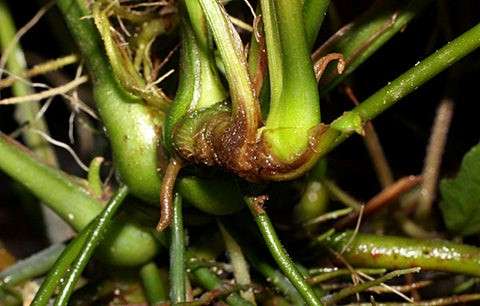
Tips for Success
To maintain healthy aquarium plants and create a thriving environment for your fish:Fertilization: Use specific fertilizers designed for aquatic plants to provide necessary nutrients.
Light: Invest in high-quality grow lights suitable for your plant species.
Research: Understand the requirements of each plant type to foster optimal growth.
FAQs
1. Why are my aquarium plants melting?
Aquarium plants may melt due to adjustments after being introduced to a new environment, sudden changes in water conditions, or improper planting techniques.
2. What is "crypt melt"?
"Crypt melt" refers to the phenomenon where Cryptocoryne plants lose their leaves due to stress from changes in water conditions or nutrient fluctuations.
3. How can I tell if my aquarium plants are healthy?
Healthy aquarium plants should have vibrant leaves, robust growth, and no signs of decay or discoloration. Regular monitoring is essential.
4. What are the best planting techniques for aquarium plants?
Different plants have unique needs; bulb plants should be partially buried, while rhizomes like Java fern should be partially exposed to prevent decay.
5. How can I improve lighting for my aquarium plants?
Invest in high-quality grow lights that cater to the specific light requirements of your plant species to promote healthy growth.
6. What nutrients do aquarium plants need?
Aquarium plants require a balanced mix of macronutrients (like nitrogen, phosphorus, potassium) and micronutrients (like iron, manganese) for optimal growth.
7.How do I prevent temperature shock during shipping?
Always inquire about the shipping conditions of your plants and ensure they are acclimatized gradually to your aquarium’s water temperature upon arrival.
8. What should I do if I receive a dead bulb plant?
If a bulb plant does not sprout after a reasonable waiting period, contact the seller for a replacement or consider purchasing pre-sprouted plants.
9. How can I tell if my plants are suffering from nutrient deficiencies?
Signs of nutrient deficiencies include yellowing leaves, stunted growth, and a general lack of vitality in the plants.
10. What steps can I take to ensure my aquarium plants thrive?
To promote healthy growth, use appropriate fertilizers, maintain stable water conditions, provide adequate light, and research the specific needs of each plant species.


